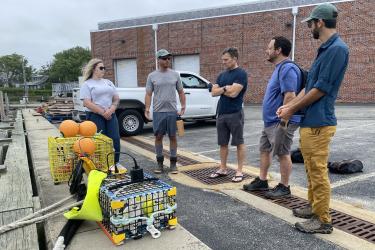Fishing Gear Results
Amendment 13: Modifications to Spiny Lobster Gear Requirements and Cooperative Management Procedures
The final rule for Amendment 13 modifies federal regulations for the harvest of spiny lobster that apply in federal waters off Florida to be compatible with Florida state regulations concerning bully net gear requirements and commercial daily…
Effective
07/03/2025
